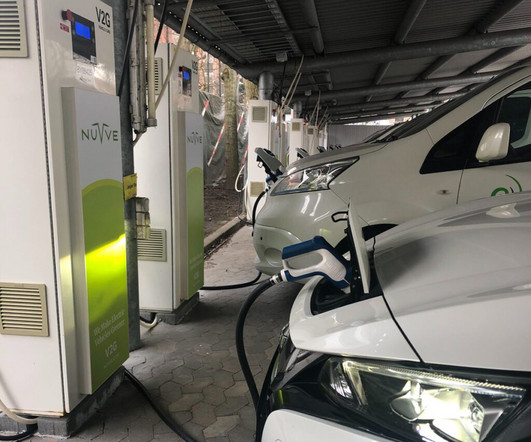Study: even with high LDV electrification, low-carbon biofuels will be necessary to meet 80% GHG reduction target; “daunting” policy implications
Green Car Congress
JULY 3, 2015
The same highly electrified scenarios, however, could not satisfy 80% GHG-reduction targets, even assuming 80% decarbonized electricity and no growth in travel demand. The researchers also considered intermediate (20% electric-powered miles) electrification—halfway between the high and low.










Let's personalize your content